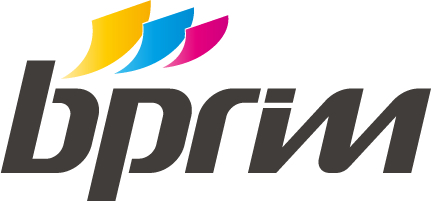Common Stock vs Preferred Stock Difference and Comparison
.jpg)
If your idea is to make more money and you want to common stock vs preferred stock see the good and bad of both stocks, a better approach is to mix and mingle the two. The IPO process is way-out to sell the first share of the company to the public. Get stock recommendations, portfolio guidance, and more from The Motley Fool’s premium services. These blue chip stocks are currently offering a great blend of quality and value. Funding for education can come from any combination of options and a J.P. Morgan Advisor can help you understand the benefits and disadvantages of each one.
Bond-Like Aspects
Preferred stock come in a wide variety of forms and are generally purchased through online stockbrokers by individual investors. The features described above are only the more common examples, and these are frequently combined in a number of ways. A company can issue preferred shares under almost any set of terms, assuming they don’t fall afoul of laws or regulations. Most preferred issues have no maturity dates or have very distant ones.
No voting rights
The residual amount left to the owners is known as shareholders’ equity and is represented by a company’s shares. When valuing preferred stock, this formula helps investors assess the present value of the stock based on the fixed dividends and the expected return rate (discount rate). The dividend is usually fixed and determined when the stock is issued, while the discount rate reflects the required rate of return for investors. Suppose a company issues 100 shares in the public markets representing 75 percent of the company’s total equity. Then each individual common stock is equal to a 0.75% stake in the company.
- It offers the chance for price appreciation and usually comes with voting rights, allowing you to have a say in crucial company decisions.
- The fixed interest rate is a percentage of a fixed value (the par value) for the preferred share.
- When you own preferred stock, you hold a share in the company but typically without voting rights.
- In this scenario, preferred shareholders have a prior claim on the company’s assets.
- The bottom line, therefore, is $920 per share for preferred stockholders and $720 per share for common stockholders.
- J.P. Morgan Wealth Management is a business of JPMorgan Chase & Co., which offers investment products and services through J.P.
Common Stock: What It Is, Different Types, vs. Preferred Stock
- Common stock represents a residual ownership stake in a company, the right to claim any other corporate assets after all other financial obligations have been met.
- Like bonds, the value of preferred shares is sensitive to interest rate changes.
- An IPO is a major way for a company seeking additional capital to expand the enterprise.
- For holders of cumulative preferred stock, any skipped dividend payments accumulate as “dividends in arrears” and must be paid before dividends are issued to common stockholders.
- For this reason, preferred stock is typically considered a hybrid security.
- Investors interested in generating cash flow from their equity holdings may be better suited holding preferred equity or preferred stock.
Going back to the example, if Company A misses the $2 dividend for preferred shares in Quarter 2, they will need to pay $4 ($2 x 2) in Quarter 3. Chase’s website and/or mobile terms, privacy and security policies don’t apply to the site or app you’re about to visit. Please review its terms, privacy and security policies to see how they apply to you. Chase isn’t responsible for (and doesn’t provide) any products, services or content at this third-party site or app, except for products and services that explicitly carry the Chase name. The lack of voting rights means investors have little influence over corporate governance. As a preferred shareholder, you’re not likely to experience a sharp rise or even a gradual long-term rise in the share price if the company becomes successful.
.jpg)
Comments: Common Stock vs Preferred Stock
.jpg)
Consider a company is issuing a 7% preferred stock at a $1,000 par value. In turn, the investor would receive a $70 annual dividend, or $17.50 quarterly. Typically, this preferred stock will trade around its par value, behaving more similarly to a bond.
Ask Any Financial Question
This gives shareholders a level of influence over how the company is run, which preferred stockholders typically do not have. Common stock represents ownership in a company and offers investors the potential for long-term growth. It’s the most familiar type of stock, giving shareholders the right to vote on major company decisions, such as electing board members or approving mergers.
A common shareholder’s willingness to take on the risk of losses if things go badly is offset by the potential for big returns if things go well. Investors holding common stock typically — but not always — have the right to vote on the company’s board of directors and to approve major corporate decisions, such as mergers. Some companies have multiple classes of common stock, with different classes having more voting power than others. Most companies exclusively issue common stock, and there is much more common stock selling on stock exchanges than preferred stock. This means that when the company must liquidate, it pays all creditors and bondholders first, then preferred shareholders, and finally, common stockholders. They vote to elect board members who oversee the major decisions made by management.
Related posts
Margin of Safety Formula Guide to Performing Breakeven Analysis
Especially, when these cost reductions are balanced against any costs required to implement the sust
Guide to Understanding the Comprehensive Income Statement
Sophisticated investors and lenders will read closely the notes to the financial statements. If the
The Benefits of Outsourcing Bookkeeping for Small Businesses
They should be willing to answer any questions you have and provide clear details about how they wil

